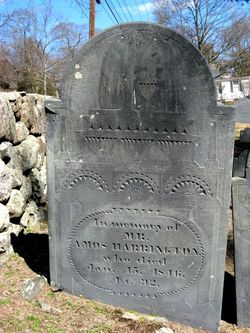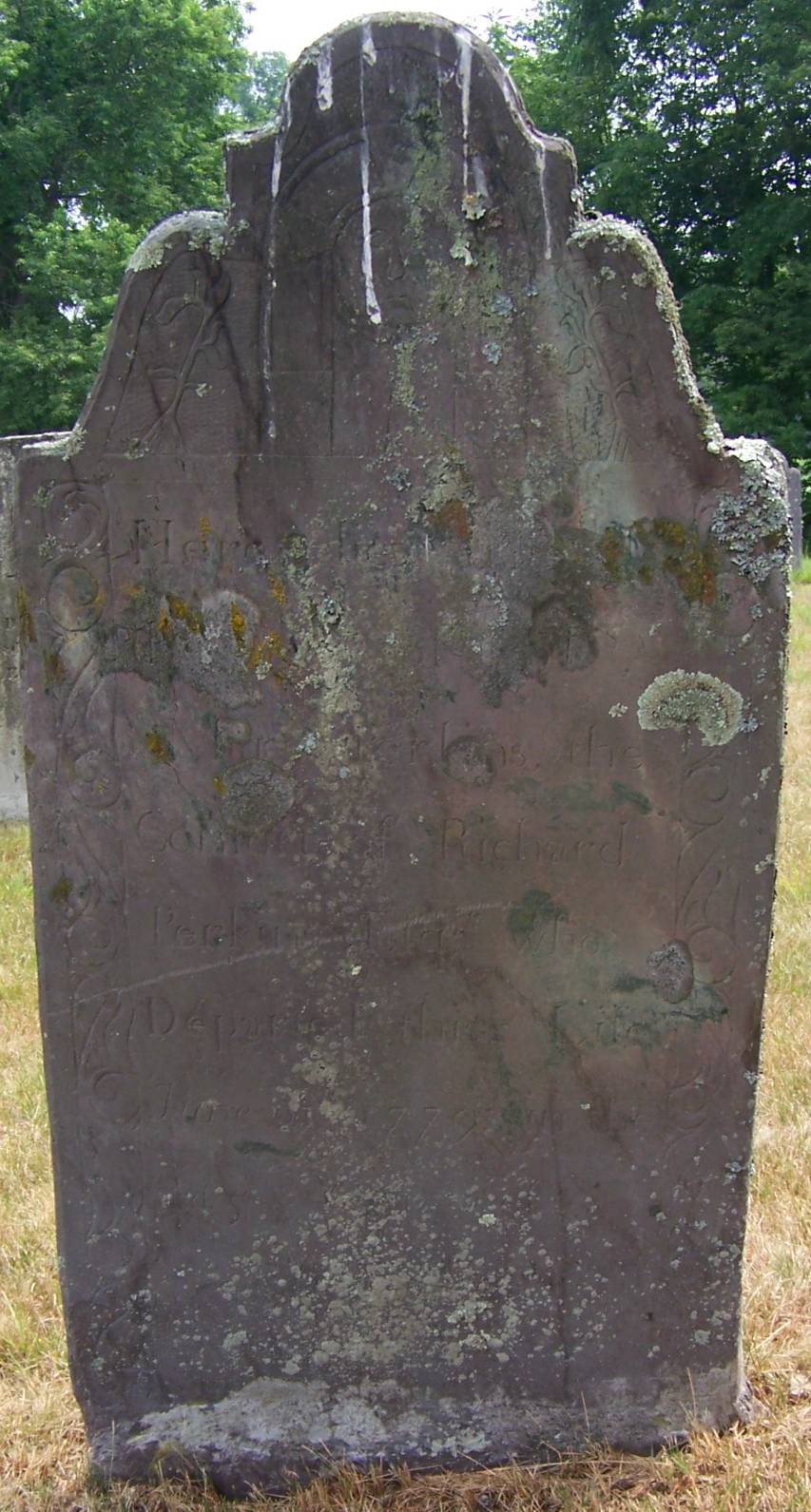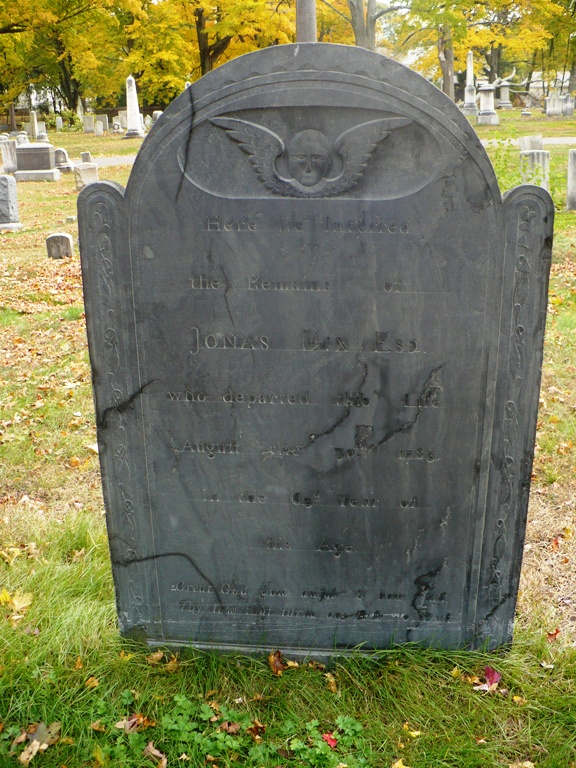Yesterday I quoted Capt.
Moses Harvey’s newspaper advertisement from November 1775, minutely describing five soldiers who had deserted from his
Continental Army company.
Harvey surmised that those men had left for these feeble reasons:
They have been apt to make excuses for their running away, and intimate they took a dislike to one Eliphalet Hastings, who was put in Ensign over them, and found much fault with the continental allowance.
Of course, it’s a soldier’s prerogative to grumble about food and pay. But what was the problem with the new ensign?
Eliphalet Hastings (1734-1824) was a veteran soldier. He had enlisted early in the French and Indian War, a decision that didn’t turn out well. In January 1760 the
Massachusetts legislature voted to pay him £8 because
in the Year 1757 being a Soldier in the pay of this Province, he was taken Prisoner by the Indians near Fort William Henry by whom he was sold to the French and carried to Quebeck from whence he was sent to France where he remained till October 1758 when he was sent to England; and did not return home till May 1759
Hastings’s descendants understood that he had also participated Gen.
James Wolfe’s Québec campaign and even “assisted in carrying General Wolfe to the rear, when mortally wounded.” But the timing for that would be awfully tight.
In April 1775, Hastings had marched as a minuteman, then rose to sergeant as Massachusetts formed its army. According to his pension application, he
was in the battle of Bunkers hill, commanded a company in Col Jonathan Brewers Regt in the Massachusetts line, had twenty-nine killed and eleven wounded besides myself out of seventy nine in that action, had my right arms and collar bone shot to pieces
Col. Brewer’s regiment was stationed mostly between the provincial breastwork and the rail fence. It got pretty shot up, with Brewer (d. 1784) and Lt. Col. William Buckminster (1736-1786) both wounded. But a Massachusetts report in 1775 said that in all the regiment suffered twelve dead and twenty-two wounded, far less than the figures Hastings recalled for one company decades later.
Col. Brewer had already gotten into hot water for aggressive recruiting tactics in Middlesex and Worcester Counties. He in turn complained about other colonels, on 4 July petitioning the Massachusetts legislature about how
a number of men that enlisted in different Companies in my Regiment have, through the low artifice and cunning of several recruiting officers of different Regiments, re-enlisted into other Companies, being over-persuaded by such arguments as, that Colonel Brewer would not be commissioned, and that if they did not immediately join some other Regiment, they would be turned out of the service; others were tempted with a promise to have a dollar each to drink the recruiting officer’s health; others by intoxication of strong liquor; by which means a considerable number have deserted my Regiment, as will be made to appear by the returns therefrom, as also the different Companies and Regiments they are re-enlisted into.
Around the same date, on 1 July, Eliphalet Hastings was appointed an ensign in the company of Capt. Moses Harvey. I can’t tell which company Hastings had been a sergeant in—perhaps Capt. Edward Blake’s—but it wasn’t Harvey’s.
Capt. Harvey was a late addition to Brewer’s regiment, not listed among his officers in early June. He had also come late to the Battle of Bunker Hill. A soldier from that company named Moses Clark recalled, “I was on the march towards Bunkers Hill on the day that battle was fought we arrived there just after the battle ended, while our men were carrying away the wounded.”
Col. Brewer appears to have assigned Ens. Hastings to Capt. Harvey’s company, rewarding a wounded veteran and filling out that company’s ranks so he could have more soldiers under him. But that created a problem.
Moses Harvey had been born in
Sunderland, in the part of town that became
Montague in 1754, and he had recruited men from that area. Of the five soldiers in his deserter ad, three had enlisted in Sunderland:
John Daby;
Gideon Graves, born in that town in 1753; and
John Guilson, born in
Groton in 1750 and married to Graves’s sister in 1769.
Simeon Smith came from
Greenfield and
Matthias Smith from
Springfield, other towns in the Connecticut River Valley. Capt. Harvey knew them so well he could describe them in acute detail.
In contrast, Eliphalet Hastings lived in
Waltham, on the eastern side of Middlesex County. Harvey’s men didn’t know him. By tradition, New England soldiers enlisted under neighbors they knew and trusted. They expected to elect their own officers instead of having someone assigned over them. So over the summer of 1775 those five men decided to head back home to western Massachusetts.
Capt. Harvey was lenient enough not to advertise for their return right away; he didn’t even report them as deserted until 27 September. But as November came around, there was new pressure from Gen.
George Washington to recruit soldiers for the coming year. Harvey might have thought his own hopes to remain in the army depended on showing that he could maintain discipline in his company. So on 8 November he finally put his neighbors’ names and descriptions into the newspaper. Did he really expect them to return, or did he just want to make their lives in and around Sunderland a little less comfortable?
TOMORROW: What became of those deserters?
















